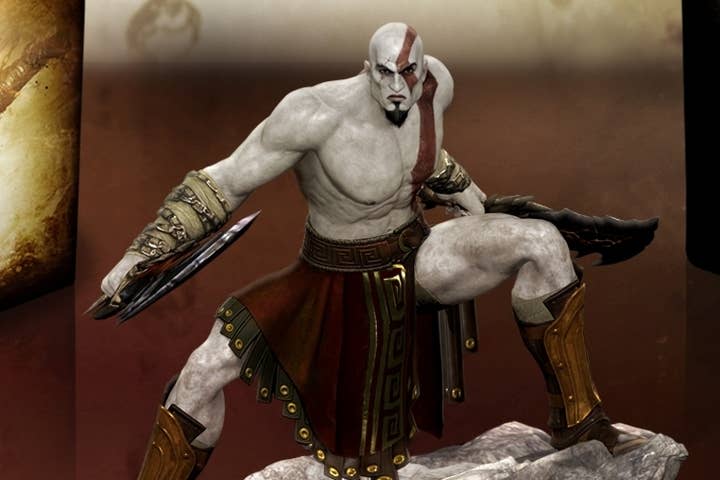Gamers love swag: The lucrative world of collector's editions
We talk to one of the leading makers of game items about how they're made, the impact on sales, and why fans get crazy about game swag
Retail sales of games have been declining for years, and the number of titles sold at retail has been shrinking. Bucking this trend is the increasing use of deluxe collector's editions of games, which offer additional components beyond a box and a disc. Deluxe editions can get very elaborate and expensive, including special metal cases, statues, DVDs with documentaries, art books, cloth maps and other items, with prices ranging up to $200 and beyond. The variety of items in collector's editions has even included night-vision goggles, remote-controlled vehicles, and other 'practical' items.
Beyond collector's editions, game companies have increasingly been creating items based on games for promotional purposes. These are given out as pre-order bonuses, or at consumer shows like PAX to generate interest in the game. Companies also license out production of items based on game IP, and the business can be lucrative. Rovio makes as much as 40 percent of its total income from licensing its Angry Birds characters to a range of manufacturers worldwide, who produce dozens of different products sold in stores.
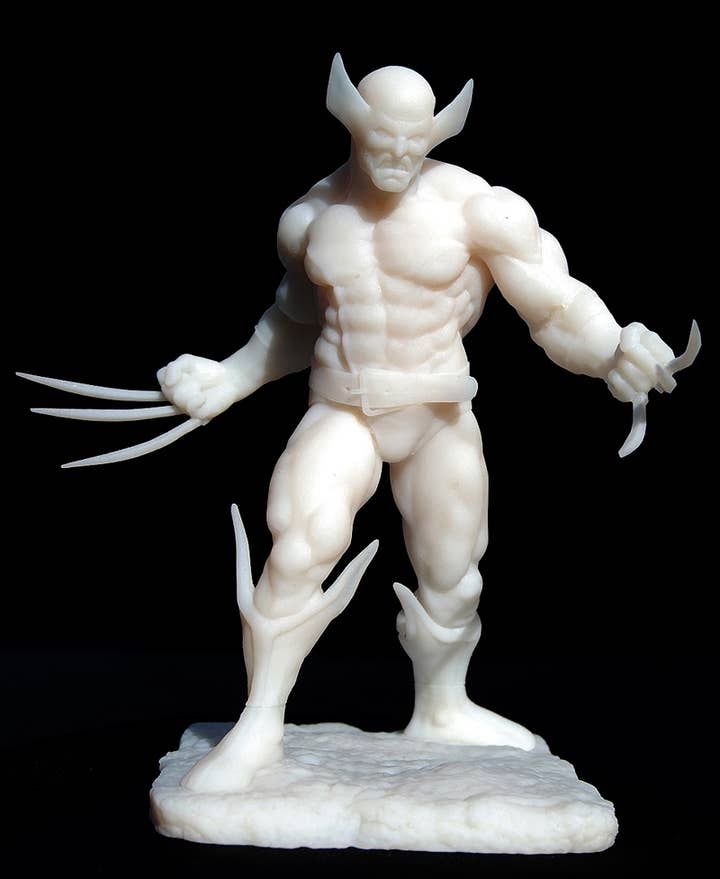
There's also a speculative market in collector's editions, where pricing can rise to hundreds of dollars on eBay. Many of the highest-priced items are very limited items from Japan, where collector's items are often produced in very low quantities. Quantity generally dictates value for the long term; items that were produced in the hundreds of thousands are unlikely to have a high long-term value. Buying a collector's edition is not always a good investment, though; sometimes collector's editions can be found weeks after launch at a price lower than the original price of the regular edition.
"Where does he get those wonderful toys?," The Joker once asked about Batman. In the case of the game industry, the toys come from a company like Marketing Instincts. GamesIndustry International spoke with Jon Buller, vice president of Marketing Instincts, a company he describes as "the premier branded merchandise agency for the gaming industry." Marketing Instincts is a privately held company of about 30 people that specializes in creating custom merchandise from concept through design, manufacturing, fulfillment and management. More than half of its revenue comes from gaming companies.
It's a one-stop shop for most everything a game company would be interested in creating. "Our range of products is vast," Buller said. "Basically everything." That includes all types of printed material as well as nearly anything else. "Every time I think I've seen it all our art department and design team comes up with the craziest out of the box stuff. It makes it fun and different every day and challenges us to keep raising the bar."
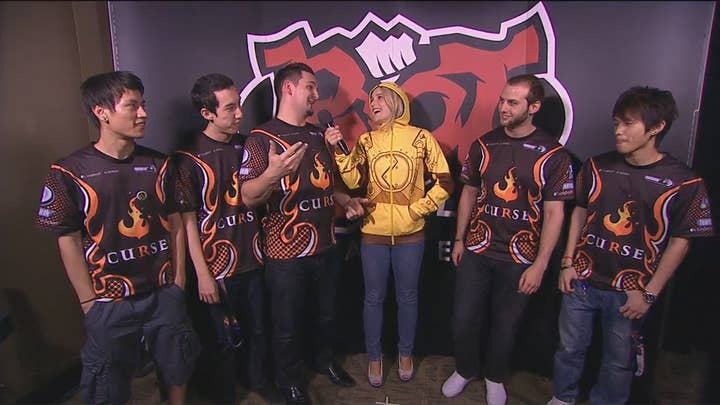
Marketing Instincts has worked with many of the biggest game companies. "Some of our gaming clients include EA, Blizzard, WB Games, Microsoft Xbox, Riot Games, Sony Online Entertainment, GREE, NARR8, 505 Games, Mythic Entertainment, BioWare and other companies from the fortune 500," Buller said. The company has been providing these services for over a decade. "It's been amazing to watch the industry evolve over that time and I really feel lucky to witness and partake in that evolution," said Buller.
With all the interesting collector's items available with today's titles you wouldn't think clothing would be the hardest to create, but that's actually pretty challenging, Buller noted. "I think our hardest product was developing our proprietary printing and sewing techniques for our custom character hoodies," Buller said. "Sounds like it shouldn't be that hard, but the steps from conceptual artwork, prototype design and then mass production are mind bending."
The lead time for a typical deluxe collector's edition of a game can be months. "I would say the average can be anywhere from 3 to 6 months from concept to when you can buy them at GameStop," Buller said. "Lead times can vary drastically depending on the product and how we are manufacturing it, and the quantity. For example, we have keychains we can produce in 24 hours using domestic blank in-stock designs. If we are creating a completely custom designed and shaped keychain of a game logo or character that would normally take 4-8 weeks from concept to prototype to completed mass production. Our custom character hoodies take about 12-16 weeks... [and] our custom gaming mouse pads are much faster, at around 4-6 weeks."
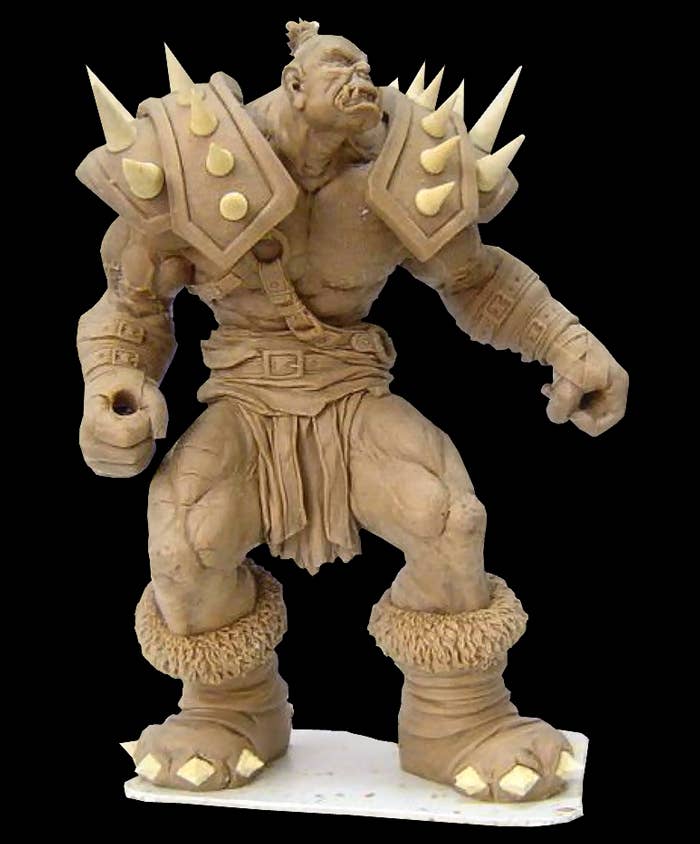
That's swift compared to some of the more complicated things game companies ask for. "A really detailed collectable painted statue can take 10-16 weeks," Buller said. "The processes to create detailed collectable painted statues has advanced with the use of 3D modeling software and 3D printers, but we still rely heavily on our clay modeling artists' techniques and skills. Our best statues tend to blend both 3D printing and the artists' perception of character images. After a clay model is completed and approved, we then cut it into pieces and make steel molds from those pieces. Depending on the detail of the statue, the molds can cost from $5000 to as much as $35,000. From these steel molds we mass produce the statue pieces using various blends of soft and hard PVC. From this point on it's really labor intensive assembling and painting until all the statues are complete."
The range of quantities produced is immense. "We've produced as many as 1,000,000 collector statues to as few as one life-size weapon replica mounted on a plaque," Buller noted.
These items can definitely affect game sales. "We've seen collectable merchandise drive in-game sales tremendously," Buller said. "When a shout caster wore our custom League of Legends character hoodie (the infamous Blitzcrank hoodie) at PAX Prime before it was released, fans literally went crazy. Not only were fans excited about the future release of the merchandise, the hoodie actually drew attention towards the character Blitzcrank and increased in-game sales for the character."
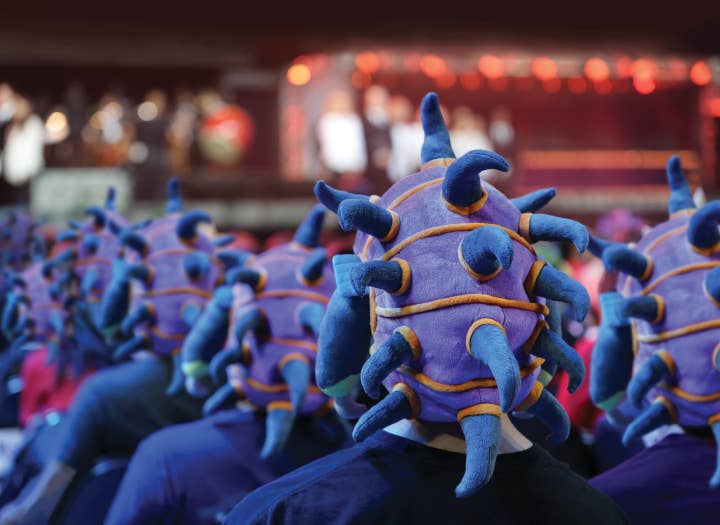
Do game companies see collector's editions as a profitable product, or as a marketing/PR technique, or both? "Game companies definitely see collector editions and collectable items as both an incredible marketing PR tool and as a revenue generator," Buller replied. "The idea of exclusivity really creates hype and excitement for their games, as well as promoting and rewarding brand loyalty." Besides collector's editions, why else do game companies create special items based on their games? "Gaming companies come to us to create awesome swag because it truly is a part of the gaming world. There's something about us gamers that love swag," said Buller. "When I visit my gaming clients I see it on everyone's desk, in their cube, they're wearing it - hats, shirts, hoodies, backpacks, shorts, socks, flip flops and probably, if you looked, their underwear."
When items are only available in limited editions, it can, in Buller's words, "create an insane secondary market on eBay." That may not take long to happen. "I've seen swag that our client gave away at Comic-Con being sold for $300 on eBay that day," Buller noted. That has led to fans chasing down items just for the collectible value. "We know there is a growing trend for gaming fans to attend events with the intention to acquire as much free swag and exclusive retail merchandise as possible and then sell it on eBay and to their friends. I've managed retail merchandise booths at events for our gaming clients where individuals will commonly buy over $2000 of exclusive merchandise for just that reason. The demand is really that high."
That demand can, in turn, affect the production of items. "I've seen the value of items going on eBay directly affect production quantities of many items we've produced for our clients," Buller said. "If our clients see a high selling price on eBay for their swag they definitely ramp up production for their next events."
“Collector's Editions have always been an important part of game sales and an important part for packaged goods across all media,” said analyst Jesse Divnich of EEDAR. “Their percentage of sales can range from 5% to 15% of unit sales. They tend to range higher on niche titles with a large fan base and lower for mainstream titles that reach a broader audience.”
Divnich doesn't see a problem with the higher prices on collector's editions. “The margins on special editions are much higher, but that doesn't come at the cost of gouging the consumer, it comes at the benefit,” said Divnich. “It may cost a publisher $2 to make an action figure, and they may sell it at a $10 premium, but to the consumer buying it, they view it as well worth the money. There will always be a market for those few that want a little extra with their game. This market will never disappear.”
